[slideshow_deploy id=’1700′]
Twenty-four photographs from the Lewis Hine archive have been auctioned in New York. The rare prints were from the collection of the late New York photographer Isador Sy Seidman.
American sociologist Hine was one of the most important documentary photographers of the 20th Century. Because the notion of photojournalism and documentary did not exist at the time, Hine called his projects “photo stories”, using images and words to fight for the causes he believed in.
The prints span Hine’s career and many are from his most well-known projects, centring on the poor and disadvantaged from the Carolinas, New York and Pittsburgh.
Hine spent years dedicated to his many projects, creating photographs that depicted his subjects with dignity and compassion. In 1904, he began to document the immigrants arriving at Ellis Island.
His aim was to give a human face to the newly arrived families, who were often feared by New Yorkers.
After asking his subjects’ permission, Hine would set up his shot and ignite the flash powder, which would go off with a loud bang, producing lots of dramatic black smoke.
Hine spent years dedicated to his many projects, creating photographs that depicted his subjects with dignity and compassion. In 1904, he began to document the immigrants arriving at Ellis Island.
His aim was to give a human face to the newly arrived families, who were often feared by New Yorkers.
After asking his subjects’ permission, Hine would set up his shot and ignite the flash powder, which would go off with a loud bang, producing lots of dramatic black smoke.
Hine was commissioned by social welfare agencies, progressive publications and corporations to create visual stories. Some of his most well-known images are of workers on the construction of the Empire State Building.
When he became photographer to the National Child Labour Committee in 1908, he set out to capture scenes in factories, mills and workshops that would later be used as evidence to clamp down on child exploitation. He was so hated by the factory and mill owners employing children that he would often have to go about his work in disguise, for fear of his own safety. He was threatened on numerous occasions.
As a result of his photographs, child labour laws in the United States were revolutionised. The photographs have also resulted in a stunning documentary record of the conditions of ordinary working people and migrants at the beginning of the 20th Century.



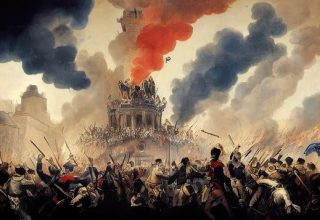




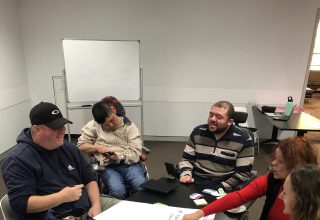

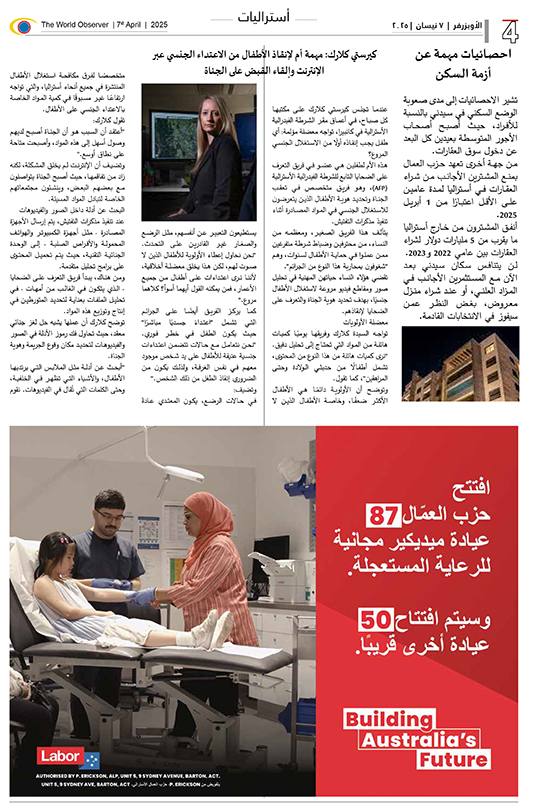
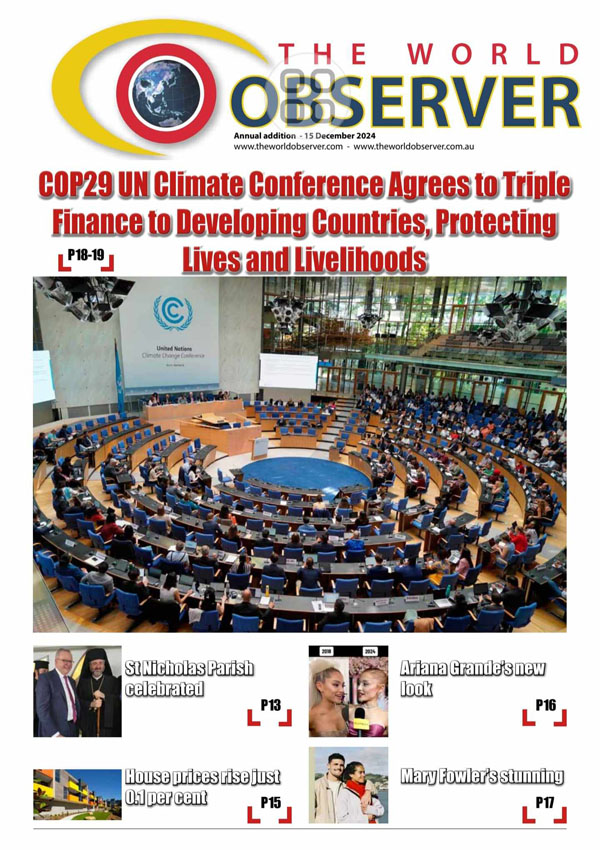
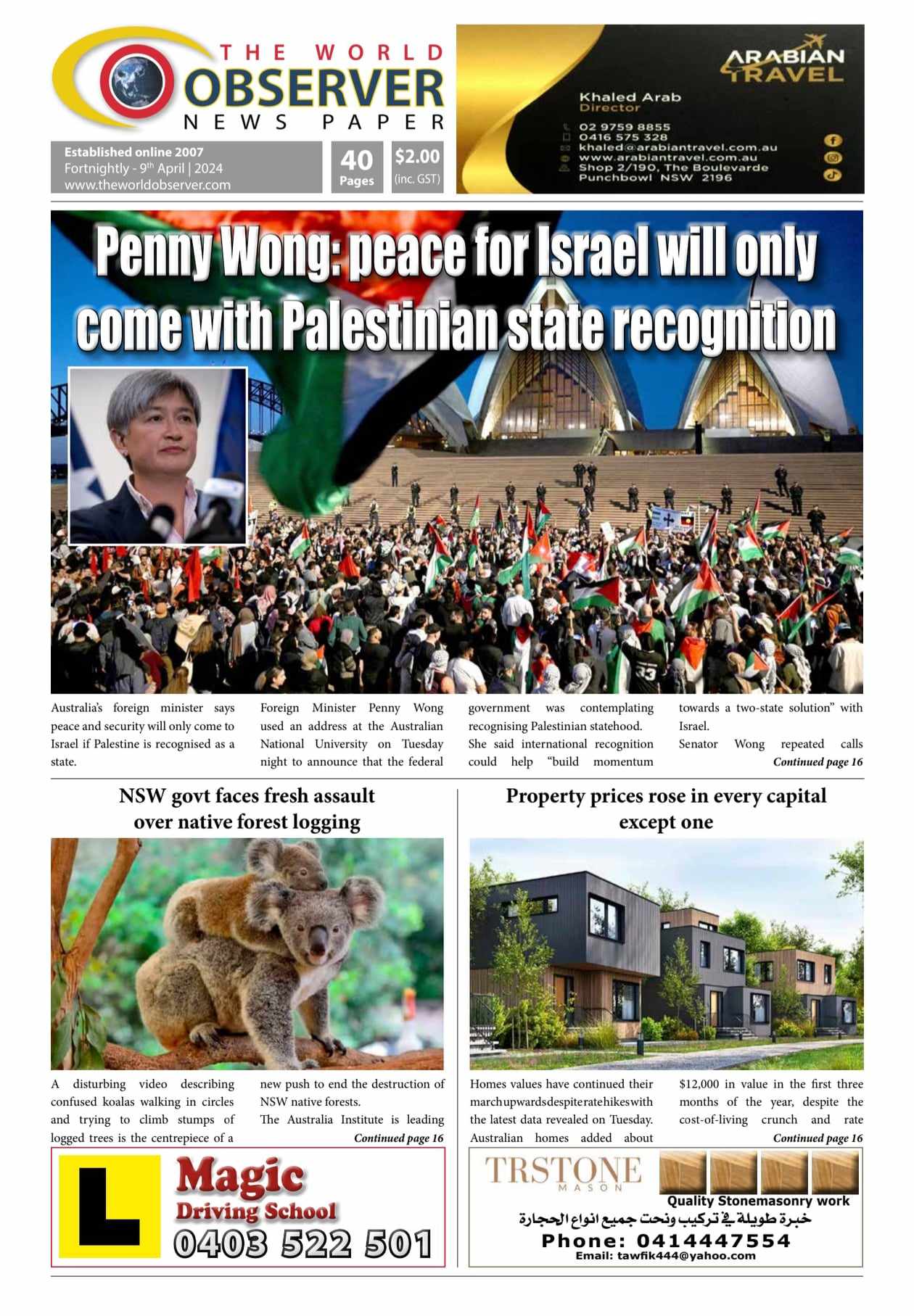





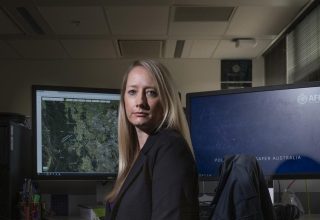























 The World Observer Media produces a daily online newspaper, a daily Arabic online newspaper and a monthly printed Arabic/English magazine and a weekly printed Arabic/English newspaper.
The World Observer Media’s mission is to entertain and educate all generation from the Ethnic Communities in Australia, who are interested in local, national and foreign information.
The World Observer Media produces a daily online newspaper, a daily Arabic online newspaper and a monthly printed Arabic/English magazine and a weekly printed Arabic/English newspaper.
The World Observer Media’s mission is to entertain and educate all generation from the Ethnic Communities in Australia, who are interested in local, national and foreign information. 


